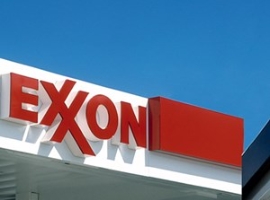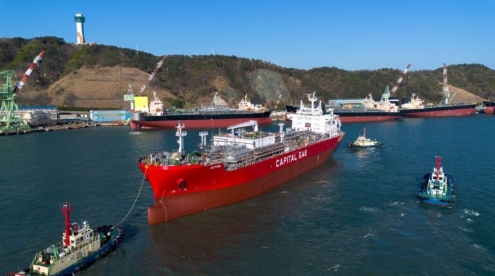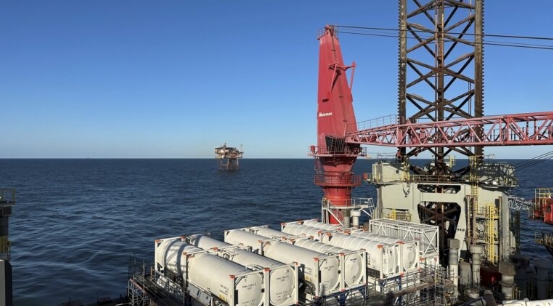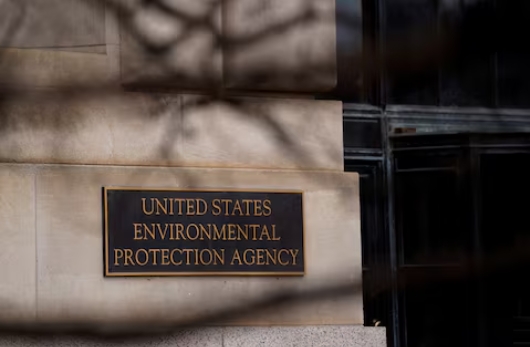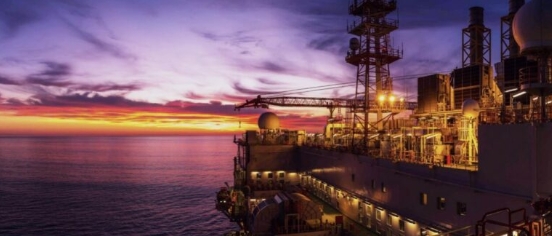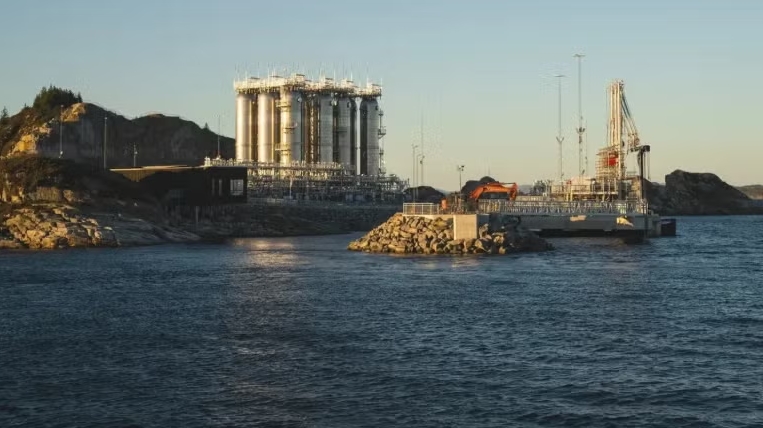Big Oil is already setting its eyes on capturing the market for high-voltage transmission lines that could change the way clean energy is accessed.
Developing innovative renewable energy carriers and building zero-carbon supply chains is a $500 billion (Dh1.8 trillion) opportunity as economies continue to decarbonise, according to a new report.
Due to the fundamental limitations of solar and wind resources, countries around the world looking to incorporate cleaner sources into their grids find it difficult to do so cost-effectively.
“Places like Singapore, Japan, and the Netherlands are great examples of countries that cannot meet their energy demands solely through domestic renewable sources like wind and solar energy,” said Tim Grejtak, an analyst at Lux Research and the lead author of the report.
“In fact, countries representing $9tn of global GDP [gross domestic product] cannot meet their energy demands solely through domestic renewable energy production and will require the import of renewable energy from more resource-rich countries,” Mr Grejtak added.
In order to import low-cost solar energy from far-flung regions, an “expanded buildout” of AC and DC [alternating current and direct current] powerlines is the most effective way to import solar and wind energy across distances spanning 1,000 kilometres.
China, has already embarked on a plan to build one of the world’s largest high-voltage ‘supergrids’ as part of its Belt and Road initiative. Beijing plans to take the grid global, allowing countries and remote regions that have poor access to energy or specifically, clean sources of energy to tap into an international, interconnected grid.
While singling out high-voltage transmission lines as a cost-effective way to deliver clean energy, Lux noted in its report that “no current energy carrier can offer costs low enough to completely replace liquid natural gas (LNG) or oil”.
The tipping point for deploying renewable energy import infrastructure will be in 2030 when imported energy through high-voltage direct current becomes cheaper than low-carbon natural gas turbines, according to the survey. Another tipping point for the grid system could occur in 2040, when imported liquid hydrogen becomes cheaper than low-carbon steam methane reformation.
“Major companies like Kawasaki Heavy Industries, Mitsui & Company, Equinor, and Shell are already developing their own decarbonised energy trade routes in Europe, Japan, and Southeast Asia, meaning the fight for $500bn worth of energy imports in those regions is just beginning,” Lux said.
Organisations such as the International Renewable Energy Agency observe that the decarbonisation of the global energy system away from fossil fuels to renewables could generate $98tn in cumulative growth between now and 2050, adding an extra 2.4 per cent to GDP.
A deep overhaul of fossil fuel-wired economies to function on cleaner energy sources could require as much as $130tn in spending, Abu Dhabi-headquartered Irena said in its first global renewables outlook last month.
